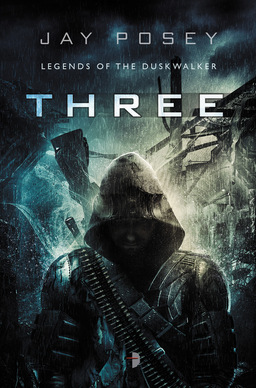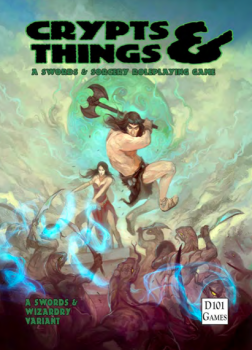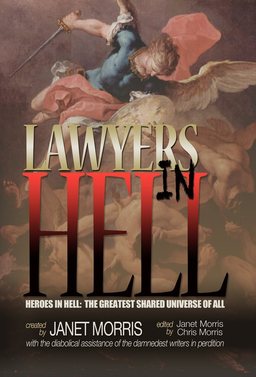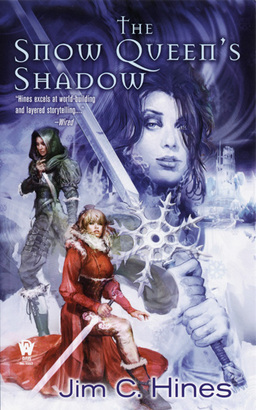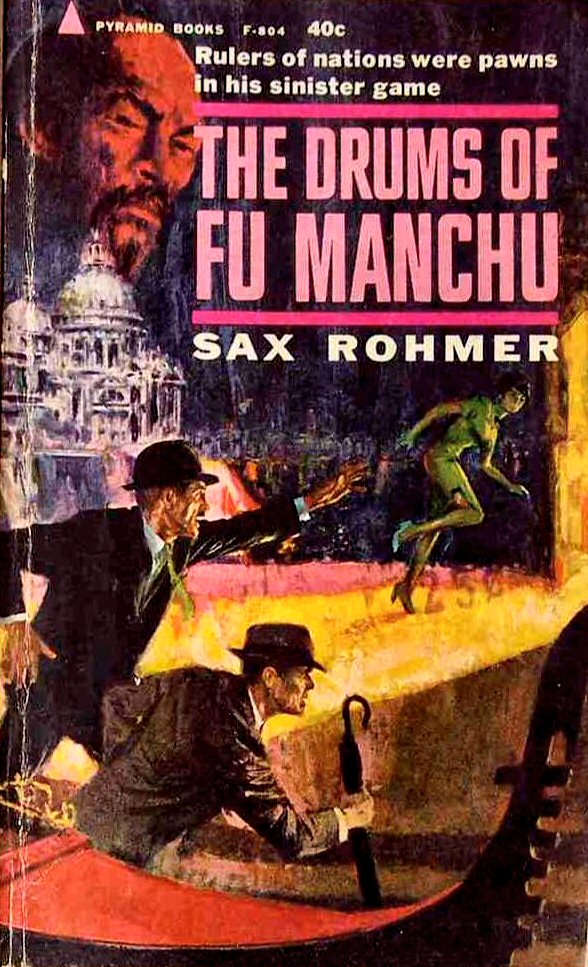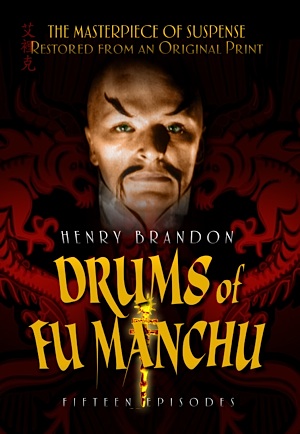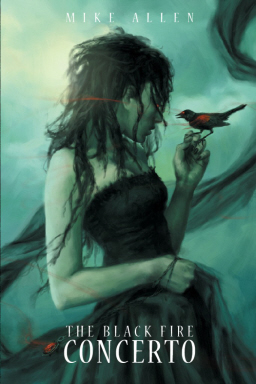Something Wicked This Way Comes: Michael D. Langois and Flock Theatre’s Halloween ’13 Macbeth
I must confess.
I confess that I’m not sure I believe in confession, despite a semi-confessional blog style.
I confess that I don’t even really believe in Full Disclosure on blogs. I mean, they’re BLOGS. Whaddya need disclosure for? Come on!
But here I am, about to disclose.
Supposedly there is a chance I might feel guilty if I let you read this entirely fabulous interview all the way through and didn’t tell you that WAY BEFORE (like two whole weeks before) I ever interviewed Michael D. Langois, director of this year’s production of Flock Theatre‘s Macbeth, I also auditioned for the man.
Yea, even auditioned for THIS VERY PRODUCTION! GASP!
So what aren’t you going to get in this interview, dear Black Gaters?
You aren’t going to get a cool, calm, collected, impartial, disinterested, “Oh, so you’re doing Macbeth? How nice! Tell me about the play and its DARK MAGIC!” sort of interview-blog-article-thing.
(In fact, such an attitude would go against my aesthetic intentions for this “Fantasy and the Arts” series of interviews I’m doing.)

